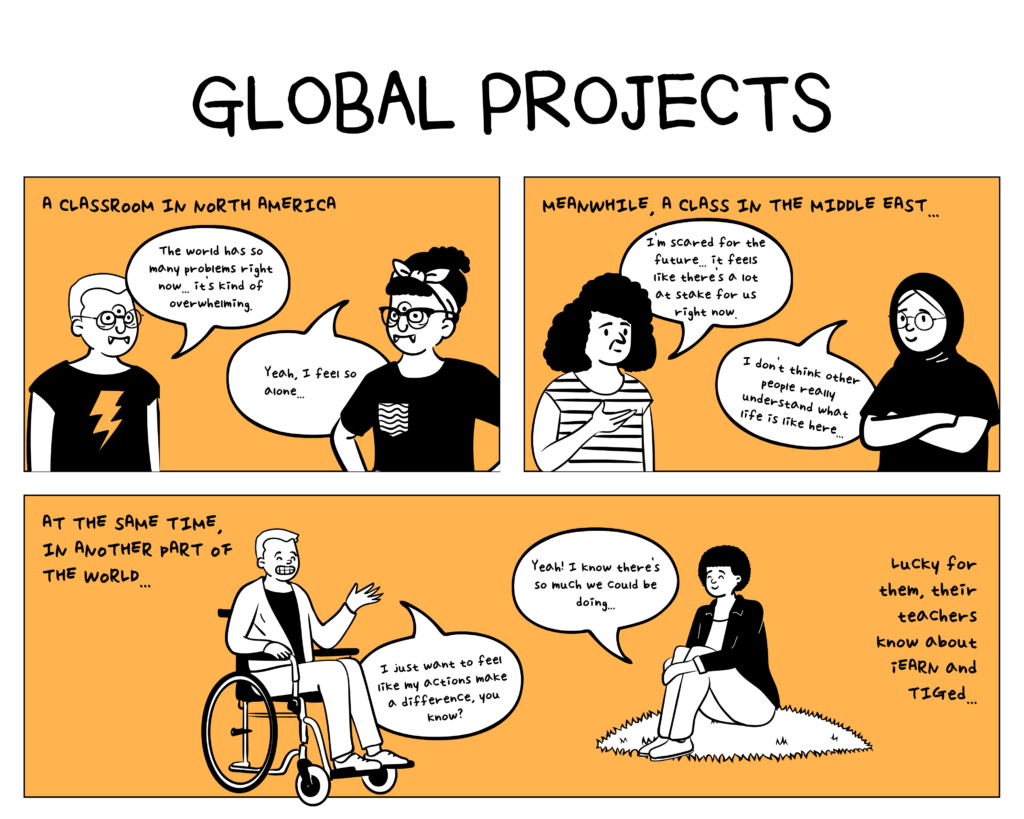
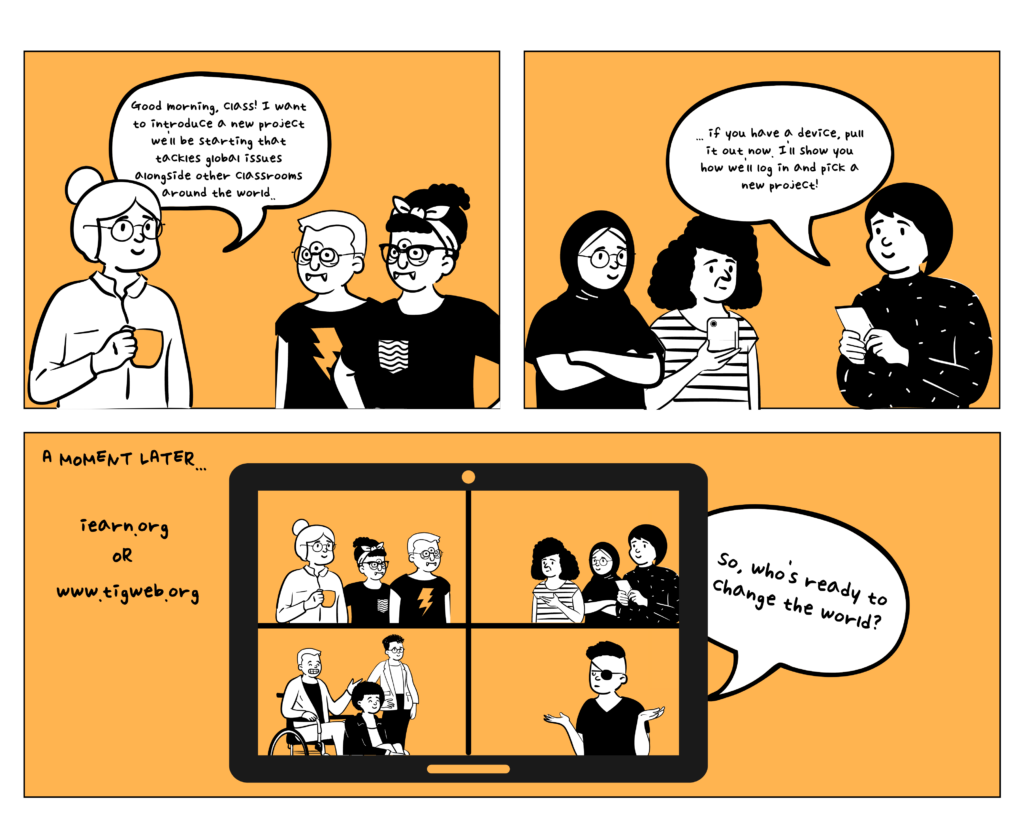
References:
TakingITGlobal for Educators: https://www.tigweb.org/tiged/
iEARN Collaboration Centre: https://iearn.org/collaboration
Place-based teaching and learning in SD61


References:
TakingITGlobal for Educators: https://www.tigweb.org/tiged/
iEARN Collaboration Centre: https://iearn.org/collaboration
If the pandemic of COVID-19 has taught us anything, it’s that our ability to digitally connect with others is far greater than previously imagined. As schools scrambled to go online and everyone began wishing they had purchased stocks in Zoom, we also realized that innovative ways to explore the world were right at our fingertips.
Even though borders are opening and in-person field trips will most likely be supported once again, there is still merit in having some virtual field trips up your sleeve. Why have just 3 annual field trips when you can have 20?
From famous museums to the industry locations of STEM professions, ecological reserves and aquariums, even meetings with authors and knowledge-keepers – there are a growing number of options to digitally connect with people and locations around the world.
I’ve got a few recommendations that I’ve used before and loved.
#1: Race Rocks Ecological Reserve
Located right in my hometown of Victoria, BC, on the territories of the Lək̓ʷəŋən-speaking Peoples (currently known as Esquimalt and Songhees Nations), the Race Rocks Ecological Reserve is home to a plethora of flora and fauna. While it’s great fun to take a boat trip out to the actual location, that’s also a big chunk of $$ that may not be accessible to all schools. Instead, load up their two live cams in the classroom, and see if you’re lucky enough to spot a whale! Archived footage also shows underwater scenes, including SCUBA divers, sea lions, and more.
Link: https://racerocks.ca/video-cameras/
#2: National Gallery of Canada
Explore timeless works of art, articles, and downloadable resources. Walk through the gallery, watch videos about specific works, see collection highlights and zoom in on features not usually seen by the naked eye. All from the comfort of your classroom.
Link: https://www.gallery.ca/virtual-ngc#tour-explore.
#3: BC Museum of Anthropology
Explore over 48,000 objects and use an interactive map to locate the items around the globe. Use their search feature to quickly locate an item, period, or people that you are curious about.
Link: http://collection-online.moa.ubc.ca
Hope you have fun exploring!
Over to you: What are your favourite virtual field trips links and locations?
There are so many apps on the market today, it’s tricky to know which one to use. As educators, we must be aware of the FIPPA guidelines to protect student privacy, SAMR model to ensure the tech is enhancing or transforming learning in a meaningful way, and the TPACK model to ensure the tech is being integrated into the pedagogy and content of a lesson as a relevant educational tool.
So much to think of!
Not sure what all you have to consider? Kathy Schrock to the rescue! Kathy has created an app evaluation tool for iPad apps that are content-based and intended for creation.
I’m sure you’ve noticed that some apps come and go as quickly as rain on an April evening. Thankfully, Annette Lamb, Ph.D, a Senior Lecturer in the department of Library and Information Science at IUPUI, has compiled a list of time-tested apps here (see also the PDF link below).
And, just in case you’re in a real pinch, I’ve done some evaluation and have pre-approved 4 apps for your LLC:
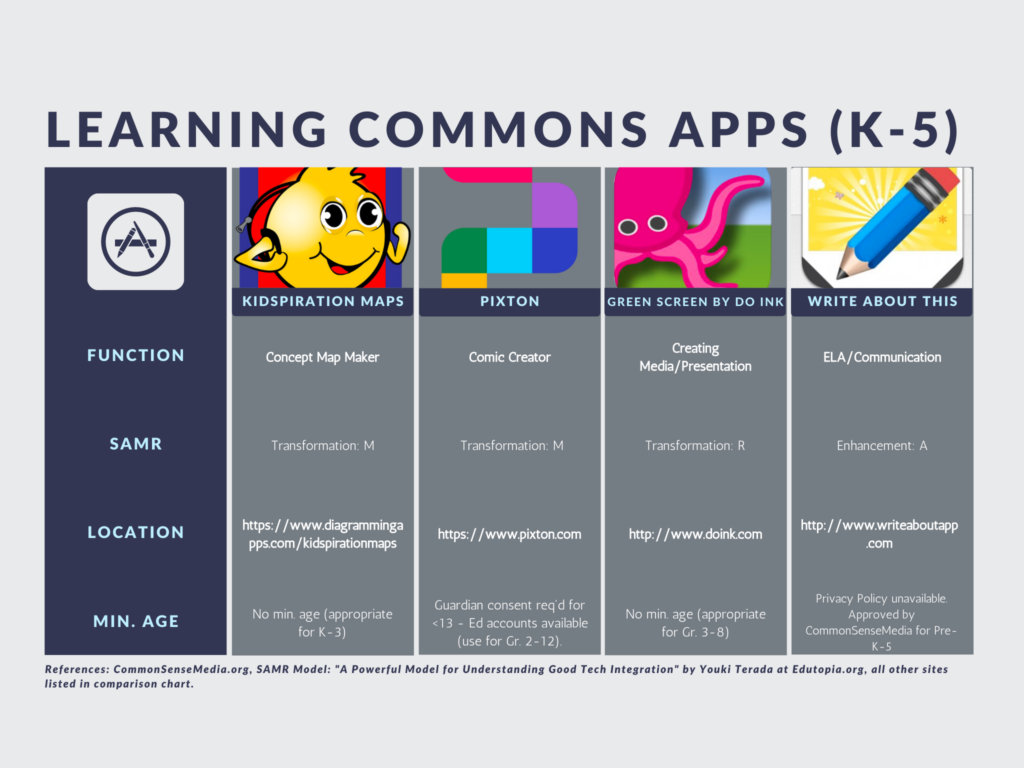
References:
Lamb, A. (2017, 06). What’s in your pocket? A decade of interactive online tools for school libraries. Teacher Librarian, 44, 56-60,63. Retrieved from https://www-proquest-com.proxy.queensu.ca/magazines/whats-your-pocket-decade-interactive-online-tools/docview/1925376490/se-2?accountid=6180
Schrock, K. (2011-2015). CRITICAL EVALUATION OF A CONTENT-BASED IPAD/IPOD APP. Accessed 8 Aug, 2021 from: http://www.schrockguide.net/uploads/3/9/2/2/392267/evalipad_content.pdf
Schrock, K. (2011-2015). CRITICAL EVALUATION OF A CREATION IPAD/IPOD APP. Accessed 8 Aug, 2021 from: http://www.schrockguide.net/uploads/3/9/2/2/392267/evalipad_creation.pdf
Combining the LIIITE Model of Teacher Librarians with ISTE Standards for Educators, and incorporating both SAMR and TPACK models, this graphic shows how TL’s can contribute co-teaching and collaborative learning skills to the school community.
After posting the first itiration, I made edits to the document based on my colleagues’ advice. I tinkered with my logo, shifted some spacing, then added in the SAMR & TPACK models, and ISTE Standards for Educators.
What you see now is the edited version, intended to be printed on legal paper: 8.5″x14″.
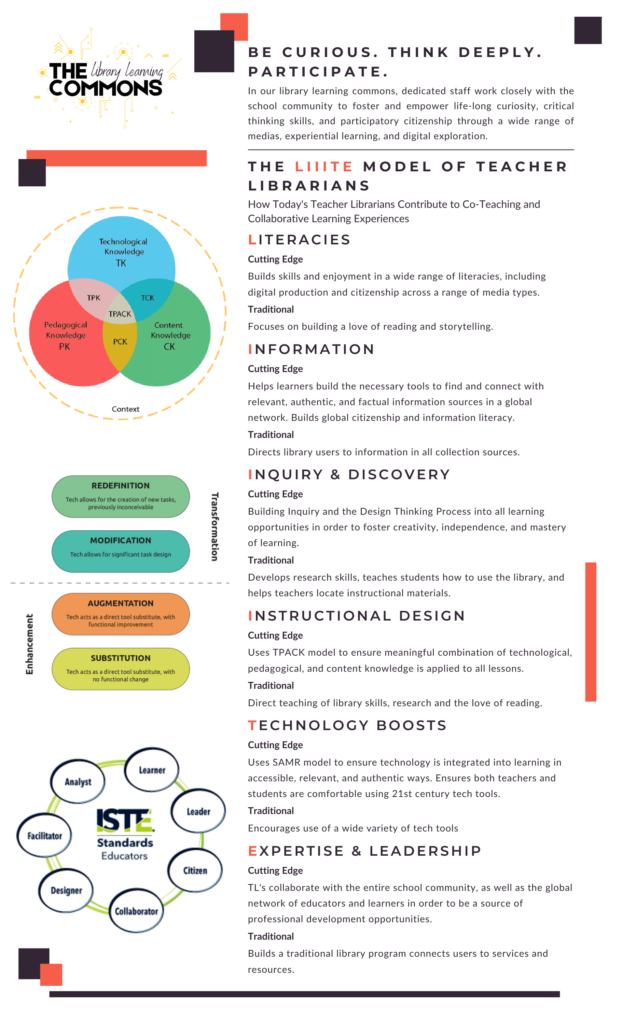
I love designing and thinking about branding. I went to business school for my first degree and graduated into the world of finance, communications, and marketing. For a brief time, I even ran my own small business as a Digital Media and Marketing Consultant; it was my job to build the social media presence of local small businesses through targeted ads and personal branding. While I eventually moved on because I didn’t like the hustle, I did love the creative elements of my role.
I got to pour those same creative elements into designing logos for an imaginary library. Even though I’ve been focussing on a Mobile Makerspace, I decided not to try to build a logo for it because I would create a “Name This Space” challenge for students and build a logo based on their ideas. Instead, I made three for the full library, that would be used on the website, newsletters, and all LLC communications. I would love to hear your critical feedback:
What impression do each of these leave with you?
What kind of library or space do these make you think of?
What is missing or not hitting the mark for you here?
Logo #1: Re-Imagine Learning
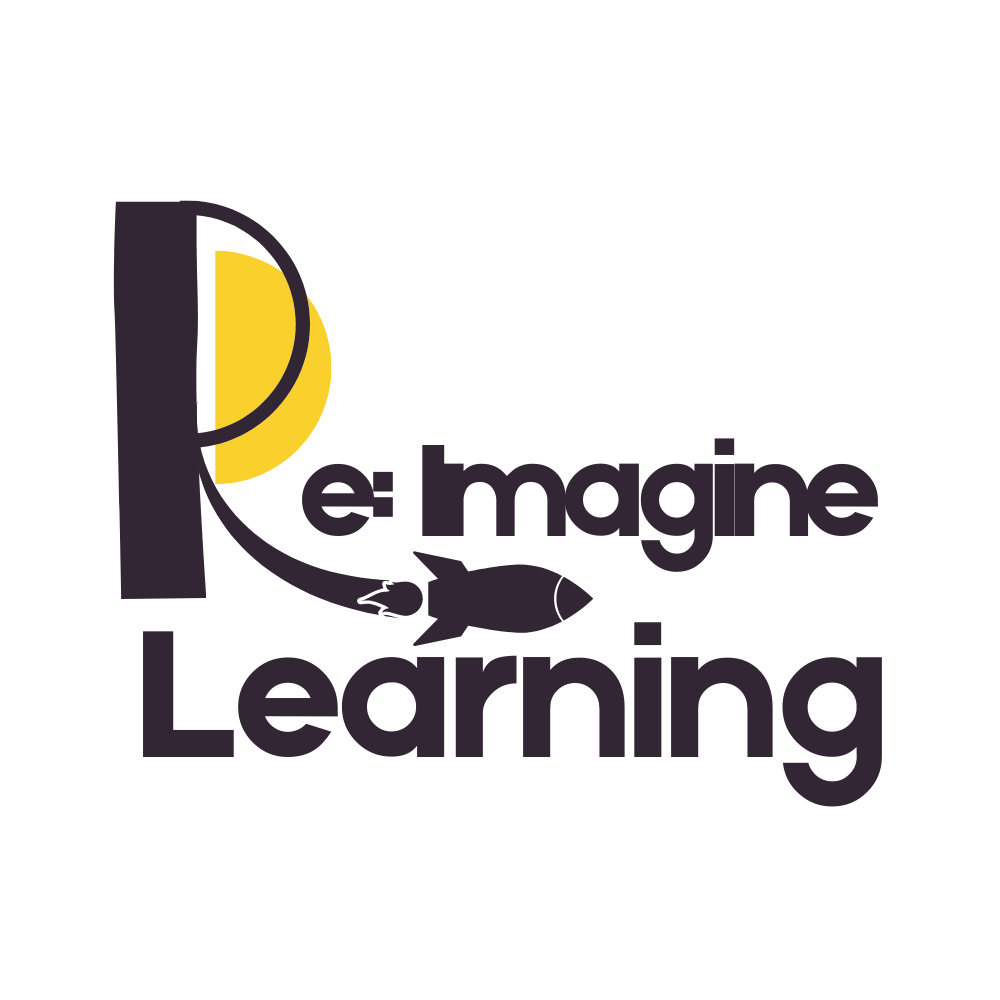
Logo #2: Library Learning Commons

Logo #3: The (Library Learning) Commons
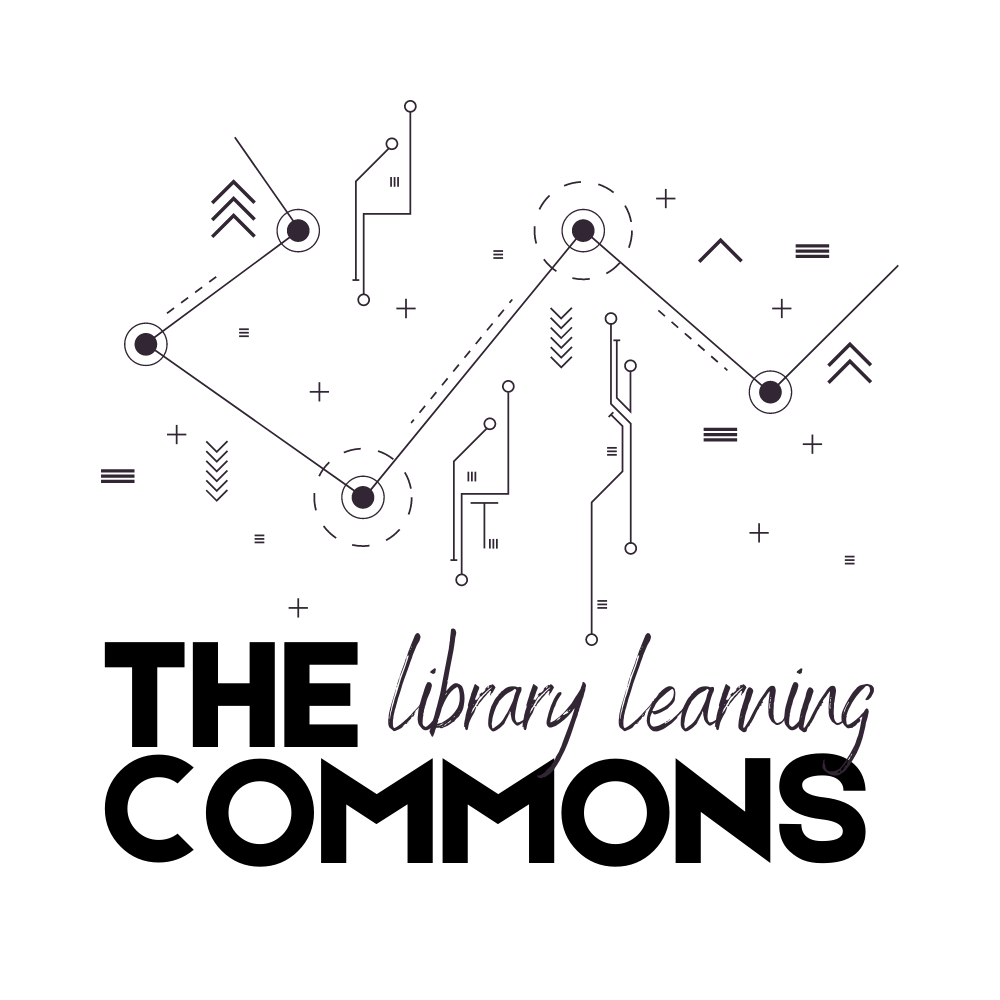
© 2024 Learning in Place
Theme by Anders Noren — Up ↑
Recent Comments